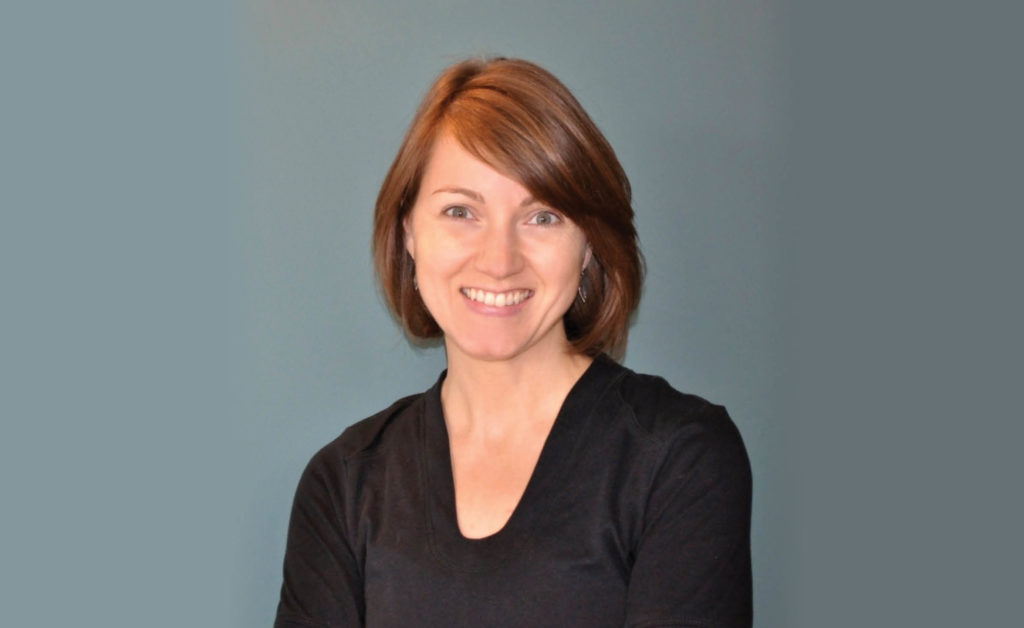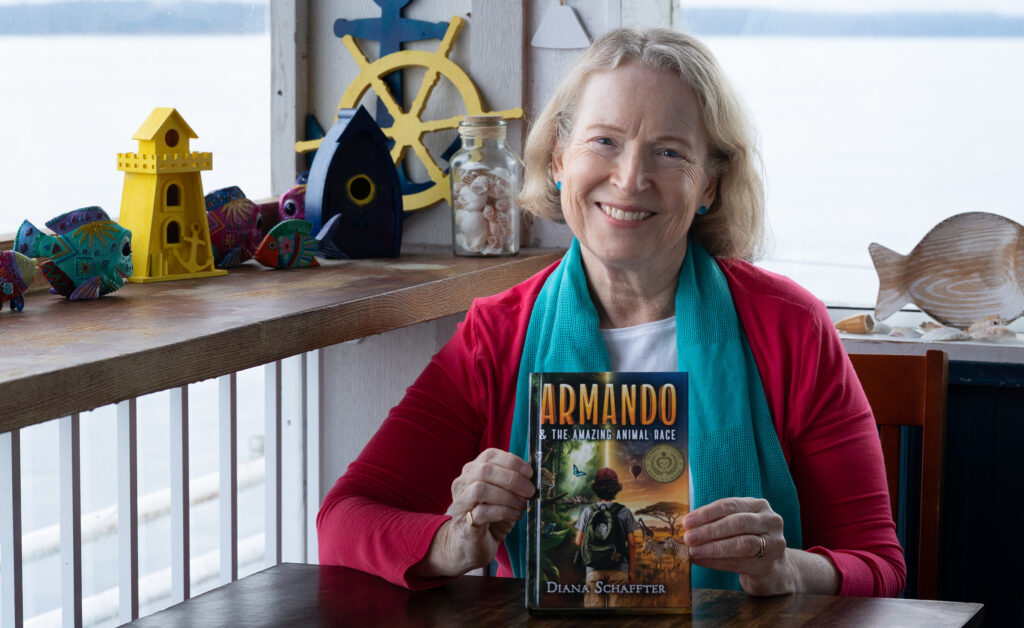by Evan Lillian Jeary, RMT, Reach Health Clinic –
When I was in my final year of massage therapy training, I began a case study with a new patient who was experiencing a restricted shoulder and intense itch following a mastectomy seven years prior. My case study hypothesis was that massage could diminish these symptoms with the use of connective tissue techniques. Several months later, after regular treatments, the results were unexpected for both of us.
As we mobilized the taut tissue, restoring hydration and elasticity to the connective tissue, her itch began to subside. The contours of the surgical site that were puckered, thick and holding the reconstructed tissue askew began to ease their grip, revealing a more uniform appearance. With each treatment she remarked on a reduction in nerve sensations down the arm and an increase in reach and grasp strength. The itch, that would wake her nightly and distract her daily, continued to ease. An eager student, I transferred this data to graphs and charts to demonstrate my findings that I was pleased to see were supporting my hypothesis. But about midway through the study, something shifted.
My patient cautiously told me of a growing sense of self throughout the treatment area. Since her cancer diagnosis, surgery, chemotherapy, radiation and struggles with all the side effects that followed, she had stopped thinking of the area as being part of her. She had dissociated from the mastectomy site. But lately, her body was feeling more and more familiar. She was starting to wear her hair up again because she could comfortably reach overhead. She no longer feared cutting herself shaving since the contours of her axilla were now mobile and flexible. The reconstructed tissue was starting to move as she moved, and take on a more natural shape. And then one day, she looked me in the eye and said: “I feel like this is part of me now.” We sat together with that for awhile and I have not been the same since.
Over my 17 years since becoming registered, I have focused my practice on scar tissue and my patients have taught me a lot. I have learned that feeling adrift with unexpected side effects after medical intervention is the norm, not the exception. I have learned that when a person enters the room for a scar tissue treatment they are bringing trauma with them; that mobilizing tissue in an area of trauma takes time, space and care; that people are never the same after their trauma experiences. Most profoundly, I have learned that there is beauty in scar tissue, as it can forever mark the transformation of trauma into a new sense of self. It has been a privilege to be witness to this process countless times over the years with people that have graciously trusted me with their vulnerability and their authenticity.
I certainly didn’t expect to find beauty in scar tissue when I embarked on my massage therapy career, but it continues to be the reason I show up for my patients every day, including my original case study patient who I still see from time to time.




